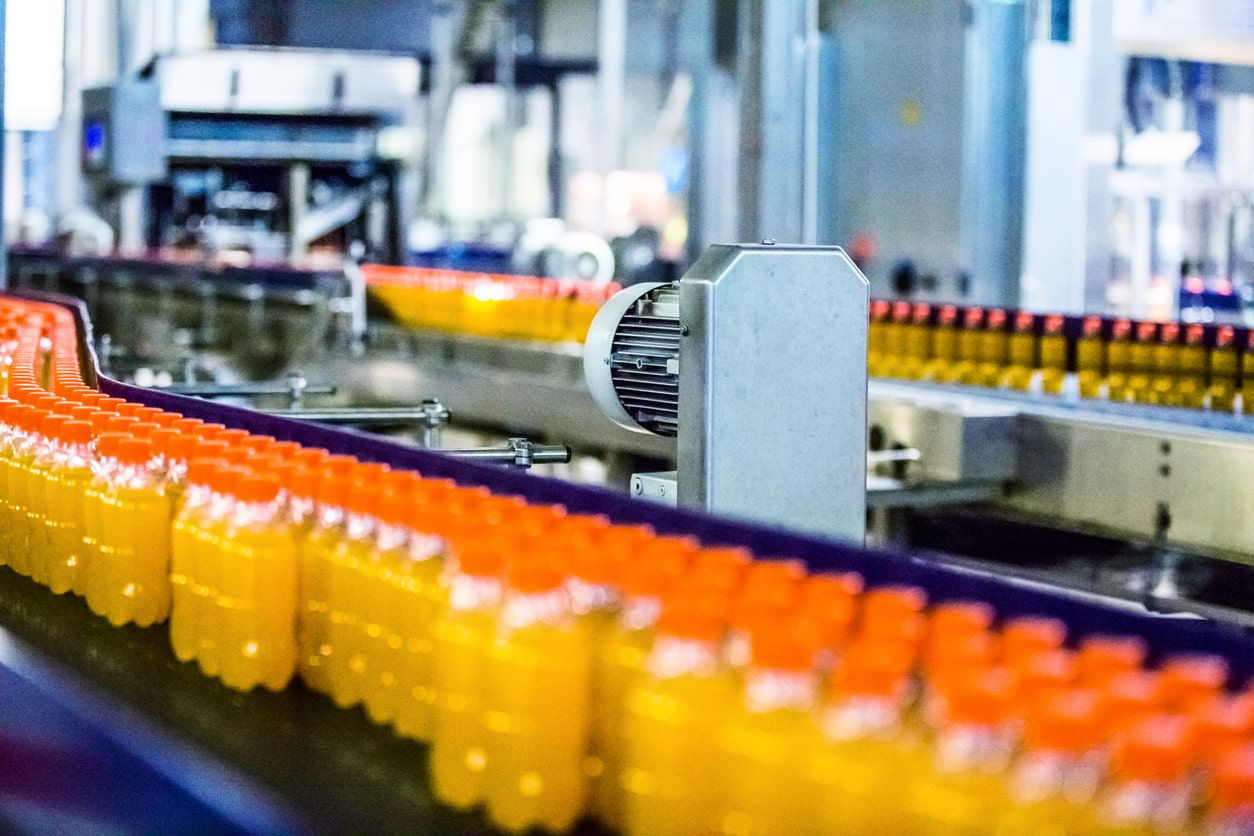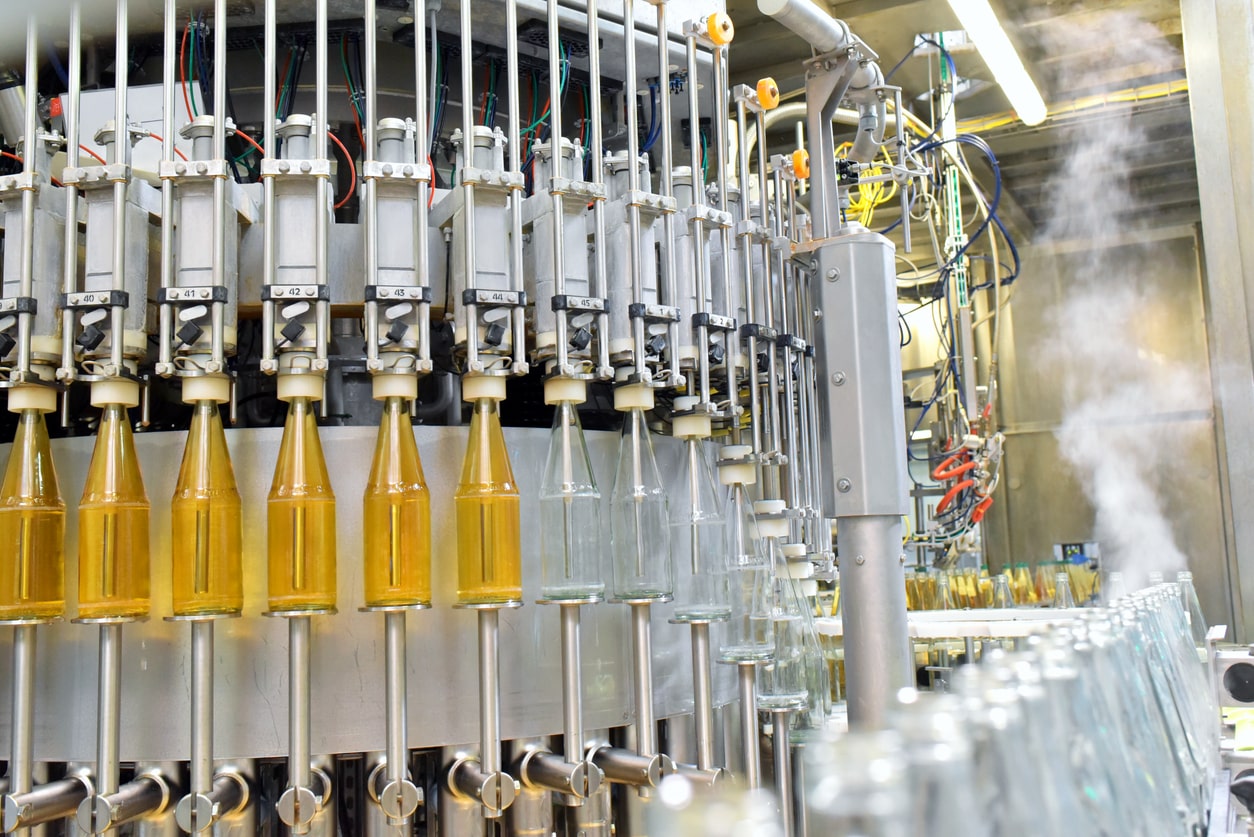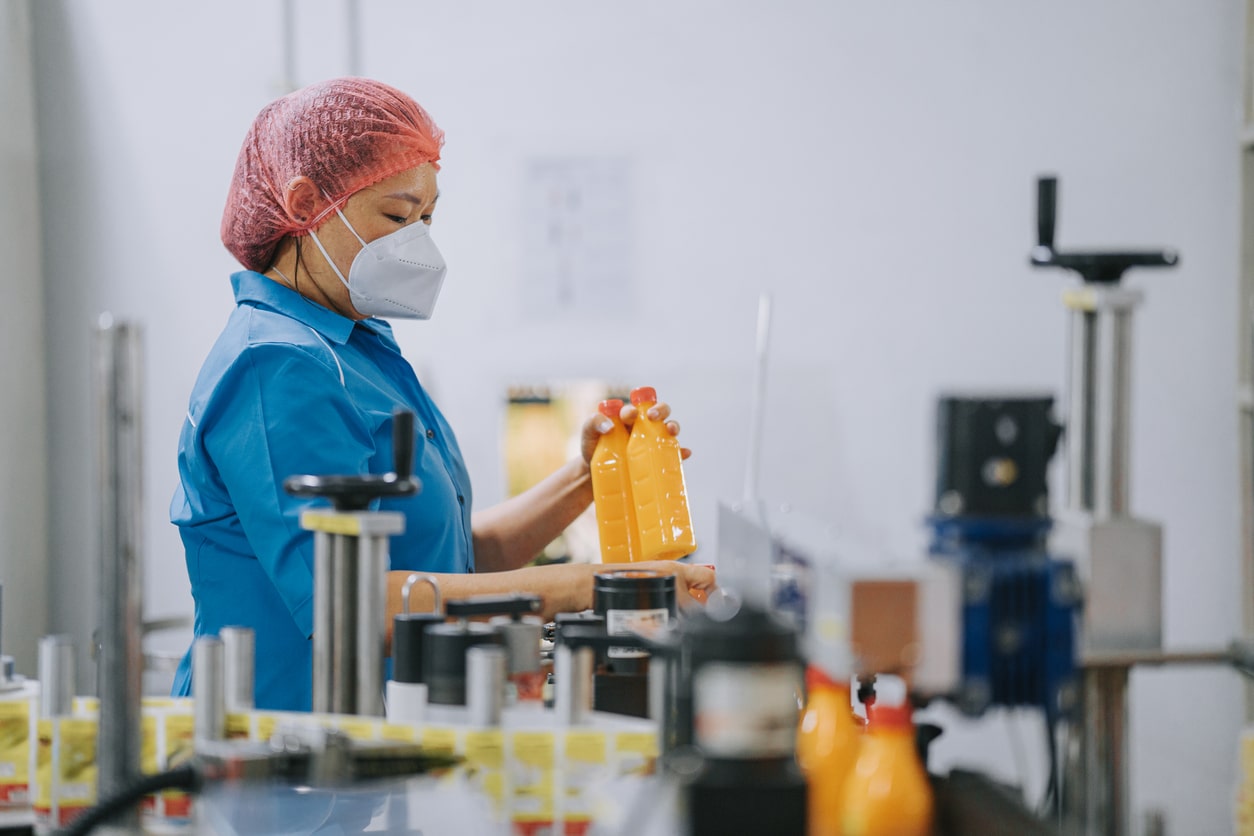Juice Filling Production Line: A Comprehensive Guide
Setting up an efficient juice filling production line is crucial for beverage manufacturers looking to meet growing market demands and maximise profitability. This guide explores the essential steps, key machinery, and best practices for establishing a successful juice filling operation.
Types of Juice and Their Filling Requirements
Juice products come in various forms, each with unique characteristics that influence the filling process:
Fresh Juice
Fresh juices require careful handling to preserve their nutritional content and flavour profile. The filling process must be quick and hygienic to maintain product quality and extend shelf life.
Concentrate and Reconstituted Juice
Concentrated juices need precise dilution before filling. The production line must include mixing and blending equipment to ensure consistent flavour and quality across batches.
Pasteurised Juice
Pasteurised juices undergo heat treatment before filling. The production line must incorporate pasteurisation equipment and maintain proper temperature control throughout the filling process.

Essential Steps in Juice Filling
Recipe Formulation and Consistency
Maintaining consistent recipes is crucial for brand integrity. The production line must ensure uniform mixing of ingredients, including preservatives, vitamins, and flavour enhancers if used.
Quality Control
Rigorous quality control measures are essential throughout the filling process. This includes testing for flavour, Brix levels, acidity, and microbial contamination. Automated systems can help maintain consistency and detect deviations from standards.
Sterilisation and Cleaning
Before filling, thorough sterilisation of equipment and containers is critical to prevent contamination. Clean-in-Place (CIP) systems are often used to ensure all surfaces are properly sanitised.
Filling and Sealing
The filling process must be precise to avoid under or overfilling. Modern filling machines can handle various container sizes and shapes, ensuring accurate fill levels. Proper sealing is crucial to maintain product freshness and prevent leakage.
Labelling and Packaging
Accurate labelling is essential for regulatory compliance and brand identity. Labelling machines ensure consistent placement of labels on containers. After labelling, products are typically packaged into cases or crates for distribution.
Compliance and Documentation
Maintaining detailed records of production batches, quality control tests, and ingredient sourcing is crucial for regulatory compliance and traceability.

Key Machinery for Juice Filling Production Lines
- Juice Blending and Mixing Systems: These systems ensure consistent product formulation by blending juice concentrates, water, and other ingredients in precise ratios.
- Pasteurisation Units: For pasteurised juices, these units heat the product to kill harmful microorganisms and extend shelf life.
- Filling Machines: At the core of the production line, filling machines dispense precise amounts of juice into containers. Options include rotary fillers for high-speed operations and linear fillers for smaller scale production.
- Capping and Sealing Machines: These machines apply caps or seals to containers, ensuring product integrity and tamper-evidence.
- Labelling Machines: Labelling equipment applies product information and branding to containers accurately and efficiently.
- Conveyor Systems: Conveyors move products between different stages of the production line, maintaining a smooth workflow.
- Inspection Systems: Automated inspection systems check for proper fill levels, cap placement, and label alignment, ensuring quality control.
Factors to Consider When Setting Up a Juice Filling Line
- Production Capacity: Determine the required output to select appropriately sized equipment. Consider future growth potential when planning.
- Product Range: The variety of juices and container sizes to be produced will influence equipment selection and line configuration.
- Space and Layout: Efficient use of available space is crucial. Plan the layout to optimise workflow and allow for future expansion.
- Automation Level: Decide on the degree of automation based on production volume, labour costs, and quality control requirements.
- Cleaning and Sanitation: Implement effective cleaning protocols and consider equipment designed for easy sanitation to maintain hygiene standards.

Profitability and Efficiency
- Optimising Production Speed: Balancing speed with quality is key to maximising profitability. Modern filling lines can achieve high speeds while maintaining precision.
- Reducing Waste: Implement systems to minimise product loss during changeovers and cleaning processes. Accurate filling reduces overfill waste.
- Energy Efficiency: Choose energy-efficient equipment and optimise production schedules to reduce utility costs.
- Quality Control Measures: Implementing robust quality control systems reduces the risk of product recalls and enhances brand reputation.
Maintenance and Upkeep
- Preventive Maintenance: Regular maintenance schedules help prevent unexpected breakdowns and extend equipment life.
- Operator Training: Well-trained operators can identify and address minor issues before they escalate, reducing downtime.
- Spare Parts Management: Maintain an inventory of critical spare parts to minimise downtime during repairs.
Future Trends in Juice Filling
- Sustainability Initiatives: The industry is moving towards more sustainable packaging options and energy-efficient production methods.
- Smart Manufacturing: Integrating IoT devices and data analytics improves production efficiency and quality control.
- Flexible Production Lines: Equipment that can handle a variety of products and packaging types is becoming increasingly popular, allowing manufacturers to adapt to changing market demands.
Setting up a juice filling production line requires careful planning and investment in quality equipment. By understanding the unique requirements of different juice types and implementing efficient processes, manufacturers can establish a profitable and competitive operation in the beverage industry.


